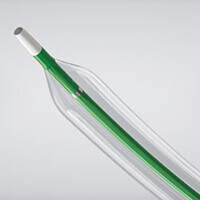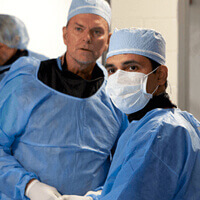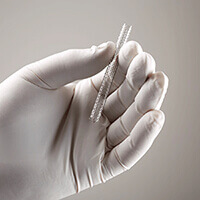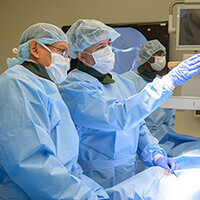
Angioplasty
A doctor can use a very small balloon to open up fatty deposits in your arteries. The doctor uses a needle through the skin to access the artery and then inserts long, thin tools to reach fatty deposits. The doctor threads the deflated balloon through the fatty deposit and then inflates the balloon. After the fatty deposit is opened, the doctor deflates and withdraws the balloon.

Atherectomy
A cutting blade or grinding tool is attached to the end of a catheter to remove plaque from inside the vessel wall. Your doctor will make a small hole in your artery where the catheter will be inserted. Your doctor will give you numbing drugs before this procedure.

Stent placement
If an artery is still too narrow after angioplasty or your doctor thinks that angioplasty alone won’t help your artery stay open, they may use another tool called a stent. A stent is a small, metal tube that lines the inside of a fatty deposit and keeps the artery propped open. Like balloons, stents are delivered through blood vessels. Once a stent is placed, it remains there forever.

Bypass surgery
Minimally invasive therapies don’t work for all patients. In these patients, doctors may need to perform a bypass surgery. Bypass surgery involves cutting open the leg and sewing a new vessel above and below the fatty deposit. The new vessel can be artificial, or it could be a vein that is transplanted from another part of the body.